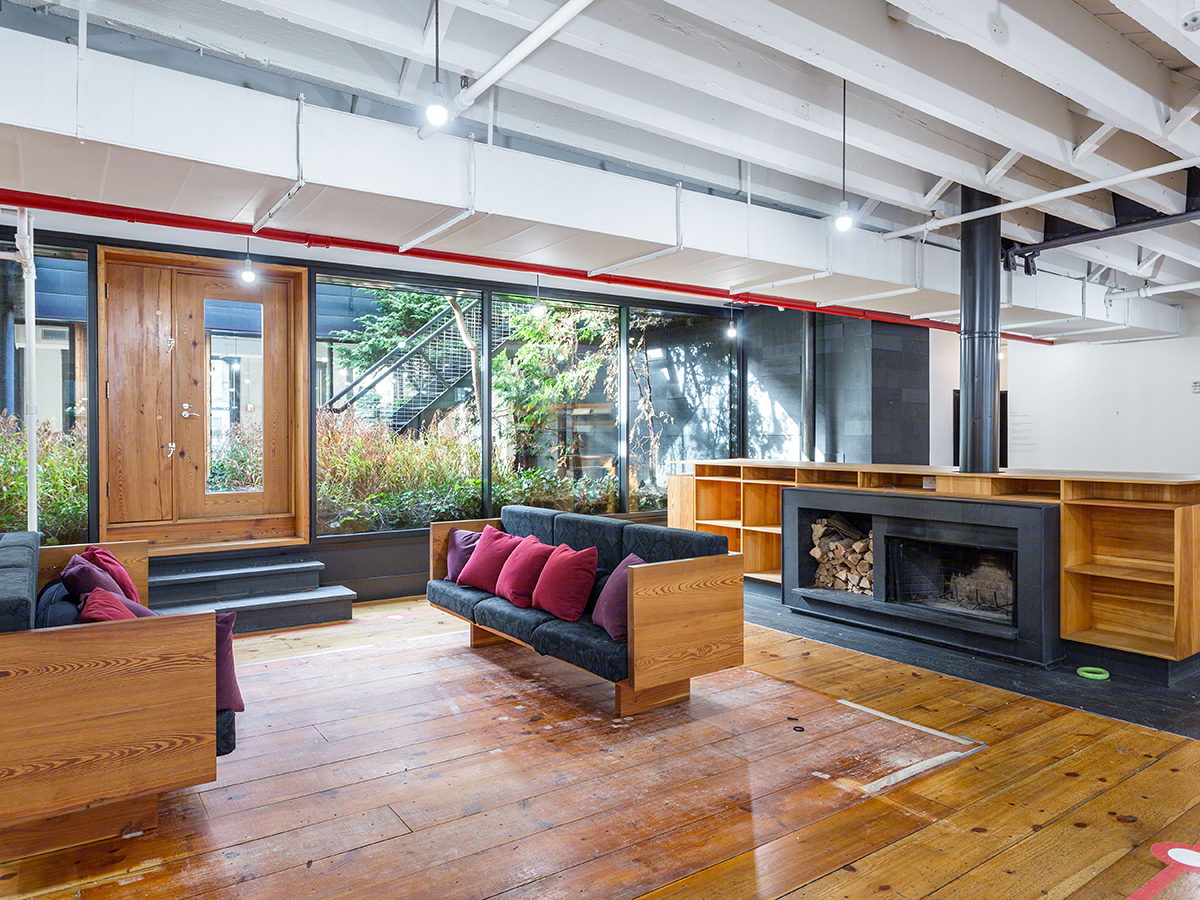Where to Invest
By Robert Bach, Director of Research – Americas, Newmark Grubb Knight Frank: What property types and locations will offer the best returns over the next few years?
 By Robert Bach, Director of Research – Americas, Newmark Grubb Knight Frank
By Robert Bach, Director of Research – Americas, Newmark Grubb Knight Frank
Not long ago, I sat on a panel at the National Association of Realtors’ conference along with my research counterparts from other commercial real estate firms. After our presentations, the moderator took questions from the audience. The most interesting question, I thought, concerned opportunities for investment over the next few years — i.e., what property types and locations will offer the best returns?
To a large extent, the answer depends on investors’ corporate missions, property targets, styles and preferences. An apartment REIT most likely will not buy office buildings or shopping centers just because their initial yields are higher. That would confuse the REIT’s investors and be ill-suited to the skills and experience of the professionals who work there. Nevertheless, my fellow panelists’ answers were informative.
One of my colleagues suggested industrial product, and the rest of us nodded in agreement. The latest reading of the Institute for Supply Management’s manufacturing index, which reached a three-and-a-half-year high last month, confirms the strength of the industrial market expansion in the U.S.
My response to the question was suburban office, which is trailing the CBD office recovery and is consequently offering higher initial yields. Suburban office buildings and suburbs in general have lately been getting some bad PR, suggesting they are in a period of secular decline as tech-savvy Millennials and the companies who hire them migrate to cities. To my mind, this criticism is overblown and could be good for suburban office investors if it thins out the ranks of competing buyers. Full disclosure: I’m a suburban-dwelling non-Millennial.
Another panel member, a Millennial (I think), recommended urban districts on the edges of CBDs, or districts adjacent to other urban districts that have already been upgraded. Chicagoans have been familiar with this growth pattern for years, speculating about the next neighborhood to “take off.” While they typically refer to residential and retail revitalization, office development has gotten into the act, with Google moving into the West Loop warehouse district and office tenants of all types landing in River North.
For a long-term view, I refer to the Global Cities report about to be published by my colleagues overseas at Knight Frank. While I can’t divulge the findings yet, I will share that the report’s authors anticipate cities morphing into specialized districts based on emerging industry clusters, created by the spread of technology into every corner of the economy — the Internet of things, as some call it. The report scarcely mentions suburbs except in my humble contribution on cities in the Americas. Though I have not personally met the report’s authors, I strongly suspect they are all Millennials.







You must be logged in to post a comment.